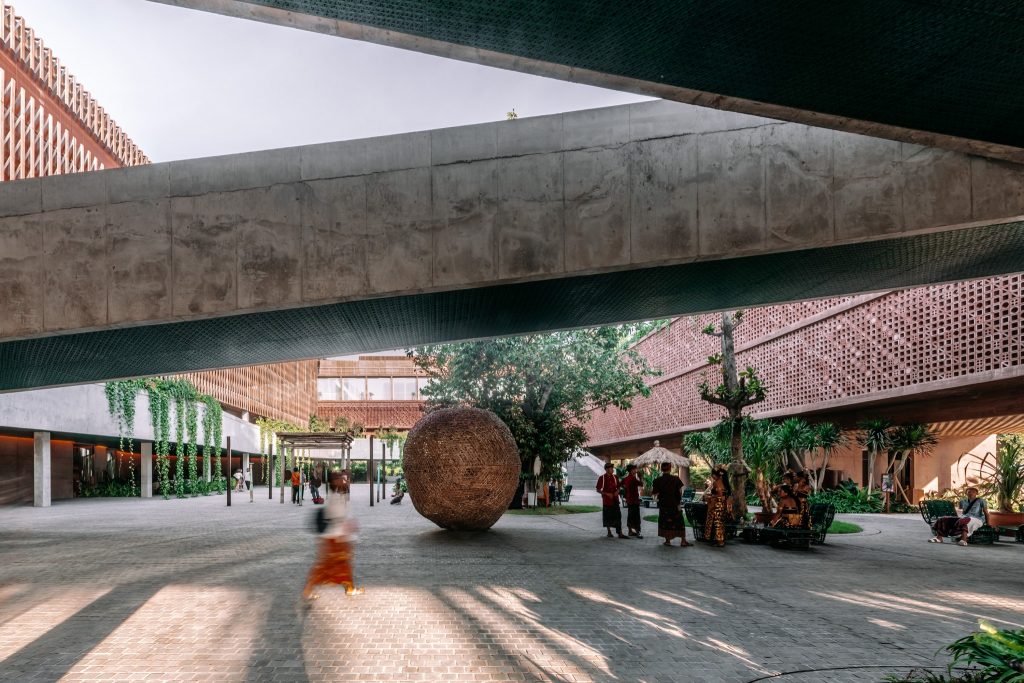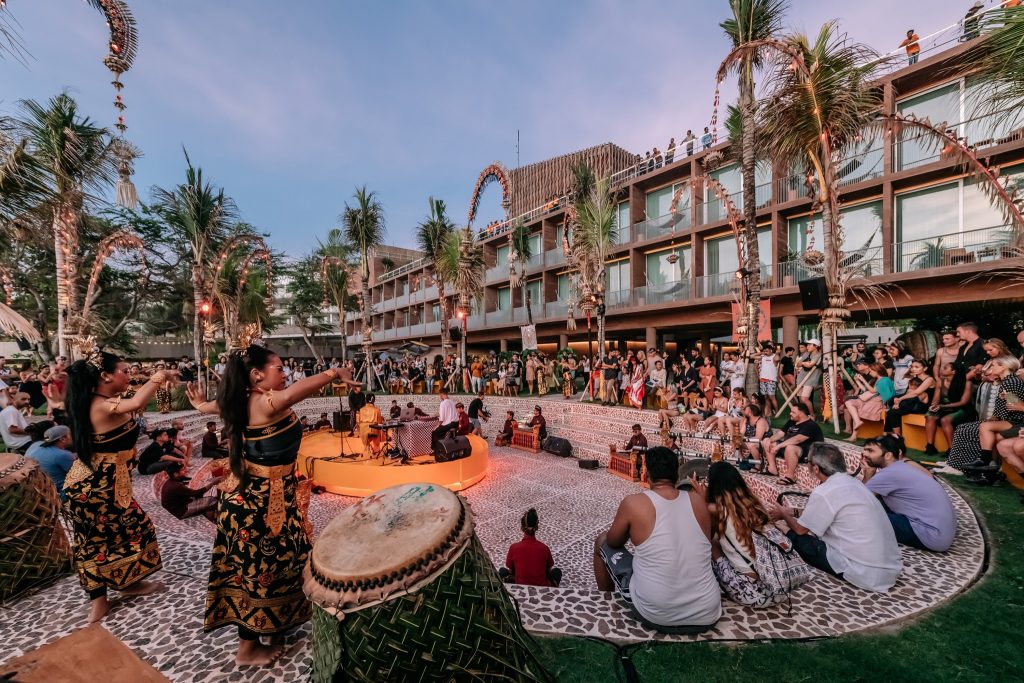Wednesday OMA / David Gianotten and Sylvia Chan
From the industrial revolution until the first two decades of this millennium, progress in architecture has largely meant building in an ever increasing scale. As the COVID-19 crisis emptied big buildings and big parts of cities, we have to pause and think: how well has bigness served us? After all, human height has stayed relatively steady in the past two millennia. Our desire to connect with each other has also changed little. Is bigness the inevitable way to define architectural progress, or does human nature call for something else?
Big cities and structures accommodate a large number of people to facilitate socio-economic development, often prioritising efficiency. Extensive usage of the digital network, due to the need of social distancing, has also created the impression that communications in the physical realm is not first priority. While the human need to relate—both to the build environment and to each other—is not always addressed in current design, such a need continues to exist, as the COVID-19 crisis has revealed. For architects and planners that shape the physical space, this is a timely moment to focus on the unchanging need for human connection: how do we bring architecture and cities back into proportion to create an environment, in which people can engage with their own neighborhoods? How do we offer a safe and healthy environment for people to share their lives with family, friends, and others? What kind of public space do we really need—an empty square, or somewhere that constantly reminds us that no one has to be isolated?
As architects and planners, we are connectors that identify immediate and underlying needs of people and society. We shape relations between them to inform our design. We are initiators to drive forerunning developments, especially inclusive designs that would lead to a more sustainable future. We are people that hope, and act.
David Gianotten is the Managing Partner – Architect at OMA. He oversees the overall organisation and financial management, business strategy, and growth of OMA in all markets, in addition to his own architectural portfolio. Selected completed projects led by David include the Potato Head Studios—a resort in Bali; the New Museum for Western Australia in Perth; and the Shenzhen Stock Exchange Headquarters. He currently leads the design and construction of projects in different regions, including the Taipei Performing Arts Centre, the masterplan of Rotterdam’s Feyenoord City and the design of Stadium Feijenoord, VDMA—transformation of an unused site in Eindhoven into a mixed-use urban hub, among others. Sylvia Chan (PhD) is Research Editor at OMA. Her research interests include contemporary architectural practices and architectural representations.








